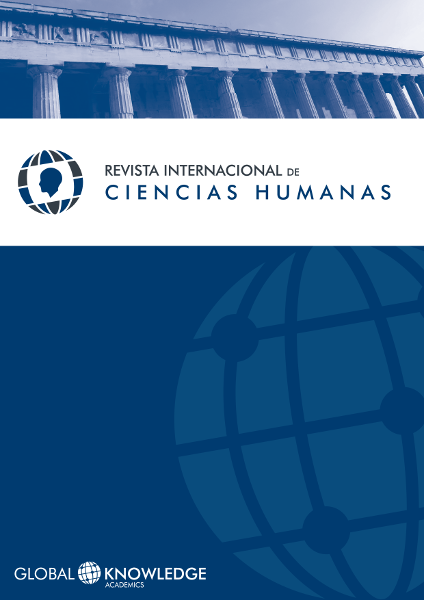Heliox Project: Technological Environments for Functional Diversity
Keywords:
Functional Diversity, Interaction Environments, Technological Design, Design for All, Open FunctionalityAbstract
Design and construction of environments influences the functioning chances of people, in an enabling or disabling way. Traditional efforts to remove physical and architectural barriers have evolved into a more comprehensive and 'universalist' vision of accessibility requirements. In the case of new technologies, lack of accessibility produces inequalities and divides in two key aspects: access and use. Combining these two inequalities leads to inequality opportunities for individuals and social groups affected by the digital divide. In order to facilitate access and use to computer for people with nonstandard functioning, we present the technological solution 'Heliox', based on the principles of design for all, open functionality and representational multimodality of technological resources in ICT environment
References
Aslaksen, F., Bergh, S., Bringa, O. & Heggem, E. (1997). Universal Design. Planning and Design for All. The Norwegian State Council on Disability. http://home.online.no/~bringa/universal.htm
BOE (2003). Ley 51/2003, de 2 de diciembre, de Igualdad de Oportunidades, No Discriminación y Accesibilidad Universal de las personas con discapacidad. http://www.boe.es/boe/dias/2003/12/03/pdfs/A43187-43195.pdf
CUD (Centre for Universal Design) (1997). Principlies of Universal Design. North Carolina State University. http://www.design.ncsu.edu/cud/about_ud/udprinciplestext.htm
EIDD (European Institute for Design and Disability) (2004). Stockholm Declaration. http://www.designforalleurope.org/Design-for-All/EIDD-Documents/Stockholm-Declaration/
European Commission (2001). Discrimination by Design (Background Paper). Conference, Brussels, 3rd December. http://www.accessibletourism.org/resources/dfa_ia_en.pdf
G3ict (2007). The Accessibility Imperative. Implications of the Convention on the Rights of Persons with Disabilities for Information and Communication Technologies. http://g3ict.org/resource_center/g3ict_book_-_the_accessibility_imperative
Googin, G. & Ch. Newell. (2003). Digital Disability . United Kingdom: Rowan & Littlefield.
Moor, J. H. (1985). What is computer ethics? Metaphilosophy, 16 (4), pp. 266-275
Mueller, J. L. (1998). Assistive technology and universal design in the workplace. Assistive Technology, 10(1), pp. 37-43.
ONU (2006). Convention on the Rights of Persons with Disabilities. http://www.un.org/esa/socdev/enable/rights/convtexte.htm
Swain, J., French, S., Barnes, C. & Thomas, C. (2004). Disabling barriers–Enabling Enviroments. London: Sage.
Toboso, M. & Guzmán, F. (2010). Cuerpos, capacidades, exigencias funcionales... y otros lechos de Procusto. Política y Sociedad, 47 (1), pp. 67–83. http://revistas.ucm.es/index.php/POSO/article/view/POSO1010130067A
UNESCO (1999). Declaración sobre la Ciencia y el Uso del Saber Científico , Budapest, 1 de julio. http://www.unesco.org/science/wcs/esp/declaracion_s.htm
UNESCO (2001). COMEST Sub-Commission on “The Ethics of the Information Society”. http://unesdoc.unesco.org/images/0012/001248/124896e.pdf
Vacas, F. (2007). TVIC: Tecnologías para la vida cotidiana. Telos, 73. http://www.campusred.net/TELOS/editorial.asp?rev=73
Vanderheiden, G. C. (1998). Universal design and assistive technology in communication and information technologies: alternatives or complements? Assistive Technology, 10 (1), pp. 29-36.
Winner, L. (2007). Is there a right to shape technology? Argumentos de Razón Técnica, 10, pp. 305-328. [1] A.B. Pérez, C.D. García, y E.F. Martínez
Downloads
Published
Issue
Section
License
All articles are published under an Attribution-NoDerivatives 4.0 International (CC BY-ND 4.0) license. Authors retain copyright over their work.

